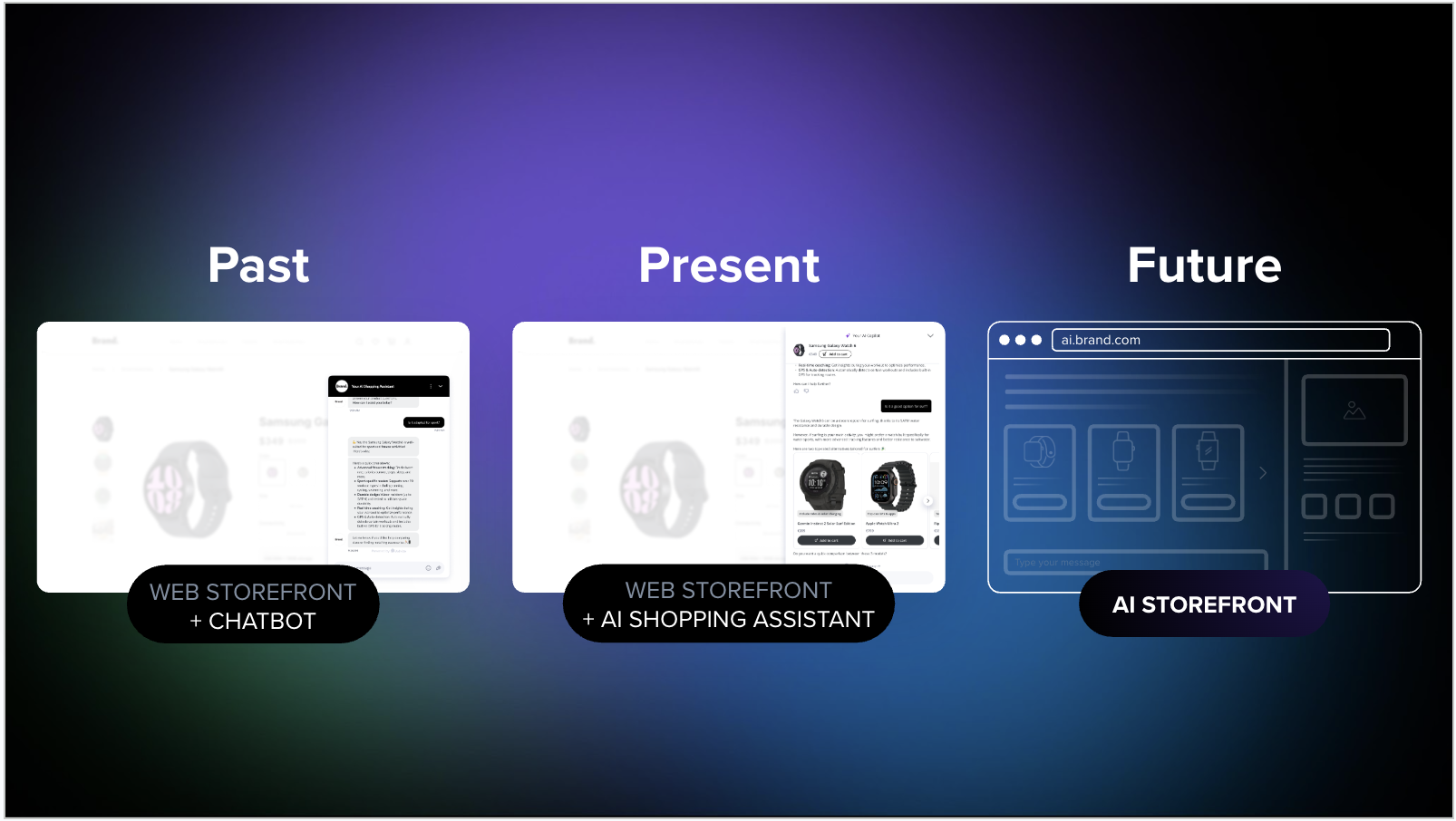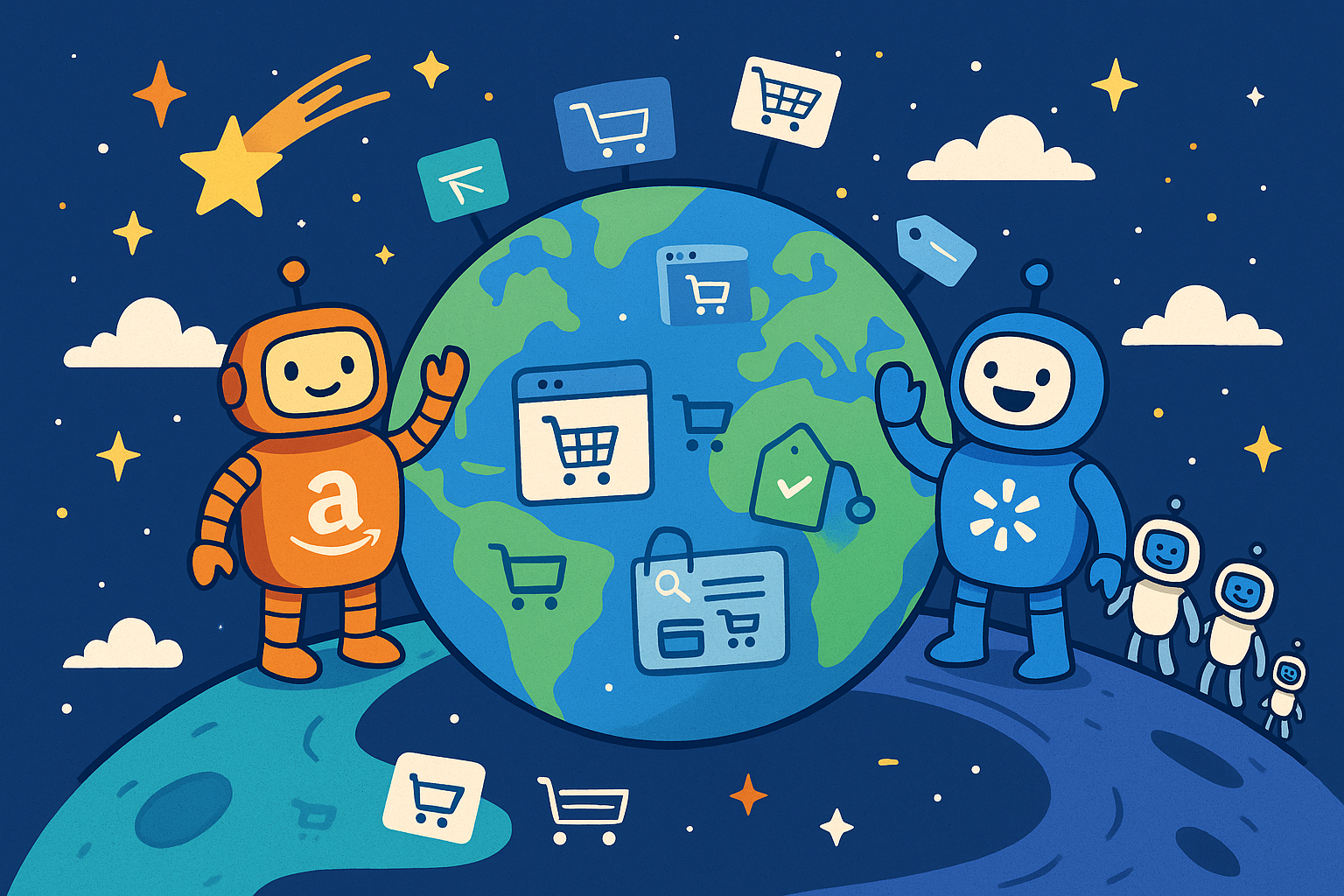How to Reduce Customer Service Costs
iAdvize

Are you struggling to reduce customer service costs while maintaining a high level of customer satisfaction? As Forrester highlights, the repercussions of poor customer service on business often outweigh operational expenses. In 2023, the digital transformation and adoption of new strategies like conversational messaging are revolutionizing cost optimization without compromising the customer experience.
Key Insights:
- COVID-19 has accelerated the digital transition in customer relations by three years.
- Conversational messaging enhances the digital customer journey, leading to increased customer satisfaction and cost-saving opportunities.
- Reducing customer service costs doesn't mean compromising on the customer experience.
Understanding the Cost Challenge in Customer Service
Data on customer service and experience in 2023 shows:
- When executed well, a 10% boost in customer experience can generate over a billion dollars in additional revenue.
- For every $6 spent on online ads, if one in a hundred clicks leads to a customer service query, each unresolved query costs $600.
- 72% of consumers will switch brands after a single poor experience.
Balancing customer service efficiency and superior customer experience might seem challenging. But with digital advancements like conversational commerce, widely accessible generative AI tools, and messaging, achieving this balance is feasible.
Digitalization: A New Era for Reducing Customer Service Costs
This year, global e-commerce sales are expected to grow by 10.4%, with customer service digitalization keeping pace, and McKinsey indicates that the pandemic fast-tracked this digitization by over three years.
Contrary to popular belief, Digitalization doesn't mean replacing humans with technology. Instead, it augments employees' capabilities, enhances daily living, and offers:
- New cost reduction avenues
- Enhanced value creation opportunities
Successful brands embrace a hybrid approach—integrating AI-driven automated customer service while retaining the human touch for online interactions.
Harnessing Conversational Commerce to Slash Customer Service Costs
In light of the digital revolution and changing work paradigms due to the aftereffects of the pandemic, messaging has gained immense significance in customer service strategies for 2023. Here's why:
1. Messaging vs. Traditional Channels
Traditional channels like email and phone are plagued by inefficiencies like:
- Slow response times
- Long average resolution time
- Limited availability, only during traditional business hours
- Reduced efficiency
On average, a chat costs around $7-8, while a phone call costs $12, making messaging a more cost-effective solution in the long-term. Traditional contact channels are no longer delivering the customer experience consumers expect while remaining the most expensive channels to process.
2. Omnichannel Messaging: Scalability At Its Best
Beyond live chat and chatbots, messaging now covers a plethora of new contact points like SMS text, in-app chat, WhatsApp, Facebook Messenger, Apple Business Messages, Google's Business Messages, and video chat.
This versatility ensures streamlined communication across the customer's preferred channels, thereby increasing efficiency. For instance, agents can handle multiple conversations simultaneously, maximizing productivity.
Unlike traditional channels, messaging allows multiple conversations to be handled simultaneously. On average, customer service agents who use advanced conversational messaging tools powered by generative AI can handle up to six conversations with e-commerce site visitors at once.
3. Customer Experience Meets Cost-Efficiency
Augmented messaging mitigates the friction of traditional channels, fostering long-term retention. By reducing the friction associated with traditional customer service channels, this communication medium improves the online shopping experience and builds consumer loyalty. Consumer trends show that:
- 32% of online shoppers find phone to be a frustrating and ineffective communication channel (ESCDA study)
- Millennials and Gen Z shoppers prefer digital conversations. 68% of consumers prefer to shop at a store that offers convenient communication channels that are easy to use.
Recent developments in messaging features, such as AI automation, asynchronous messaging, and on-demand brand advocates, not only enhance customer experience but work to further drive down business costs.
AI Automation
Conversation automation allows brands to immediately take care of customers without mobilizing customer service agents, via AI chatbots, generative AI-powered virtual assistants placed on brand product pages. By listing the most common intentions of visitors to its website, a company can pre-record answers to recurring questions and effectively satisfy visitor requests without always needing to redirect to a human respondent.
AI chatbots can scale customer support efforts while reducing costs by:
- Providing autonomous 24/7 coverage to more common and recurring customer questions
- Maintaining optimization efforts through consistent monitoring of all messaging activity
- Allowing for the ability to handle a very high volume of visitor questions at once
All customer interactions in call centers need to be leveraged. It's a knowledge bank of customer sentiment, product issues, competitive information, and operational inefficiencies that can be used to deliver better quality service.Kate Leggett, Vice President & Principal Analyst at Forrester
Asynchronous Messaging
Asynchronous messaging is when customer messages sent through live chat are saved for the customer to return to at a later time. It allows for better management of the occupation rate of on-demand brand advocates equipped to handle specific customer requests related to product recommendations or advice.
On-Demand Brand Advocates
Unlike traditional customer service channels, conversational commerce messaging offers a diverse panel of respondents: AI chatbots, in-store salespeople, customer service representatives, and on-demand brand advocates.
These respondents are sourced for brands and available 24/7 to support site visitors with product recommendations and advice. Their personalized and tailored support translates to increased conversion rates and customer satisfaction scores and a significant reduction in online tickets.
4. Empowering Talent Through Messaging
The age-old debate about technology replacing humans has been debunked. Instead, brands are adopting a strategy of human expertise combine with AI bots. The introduction of messaging in customer service also boosts satisfaction on the agent side, thereby reducing turnover and increasing productivity.
Messaging allows an agent to take the time to think and form a more detailed answer before responding to a customer request. We've also observed an increase in productivity of up to 35% when emails are reduced in their entirety and 20% when calls are reduced by half.
Embracing the digital shift in customer service is crucial for brands in 2023 and beyond. As more businesses worldwide integrate conversational customer service tools, like generative AI chatbots, charting a clear messaging transition strategy will be imperative going forward.

.png)
.png)





